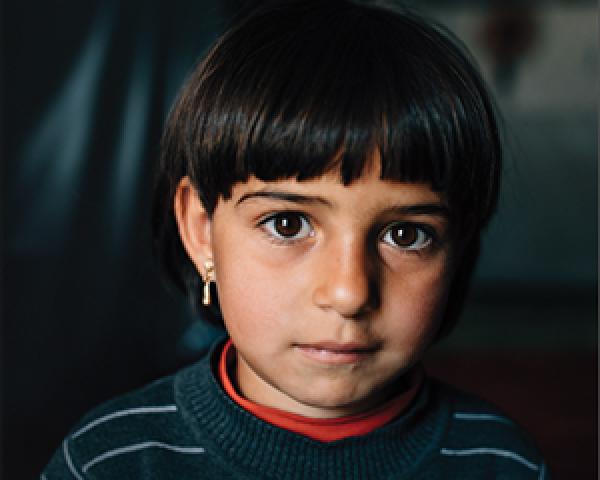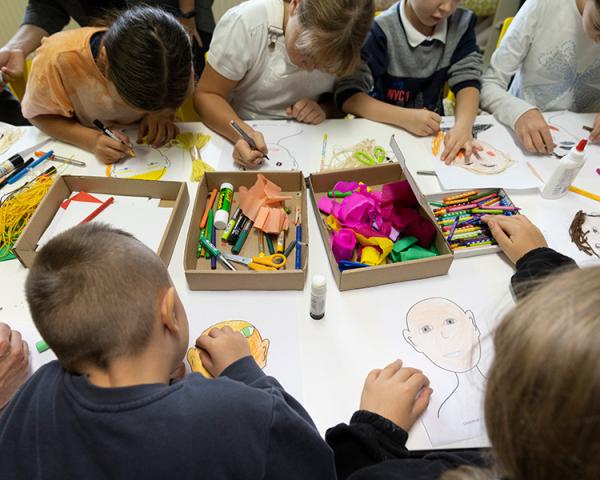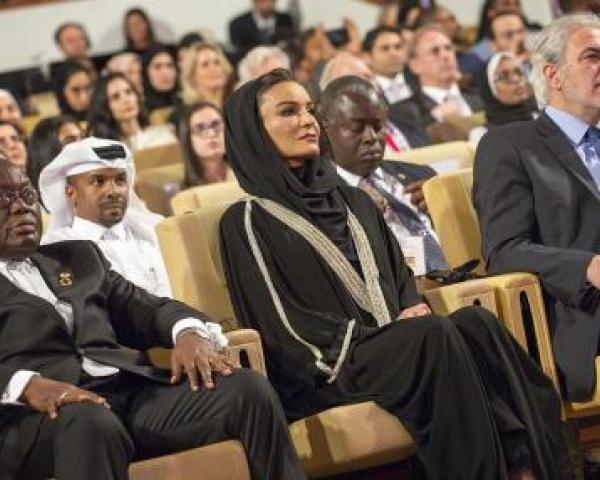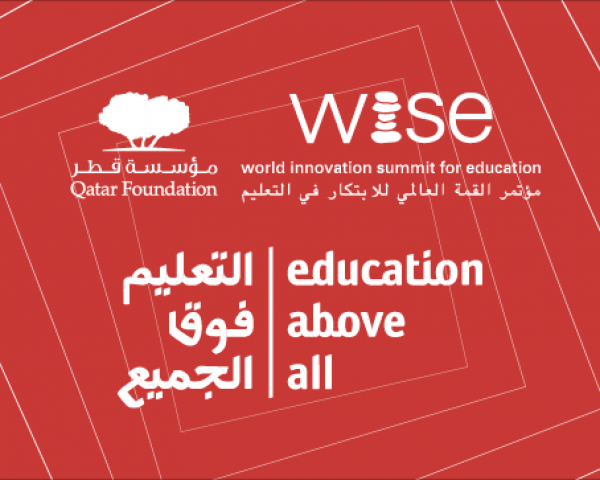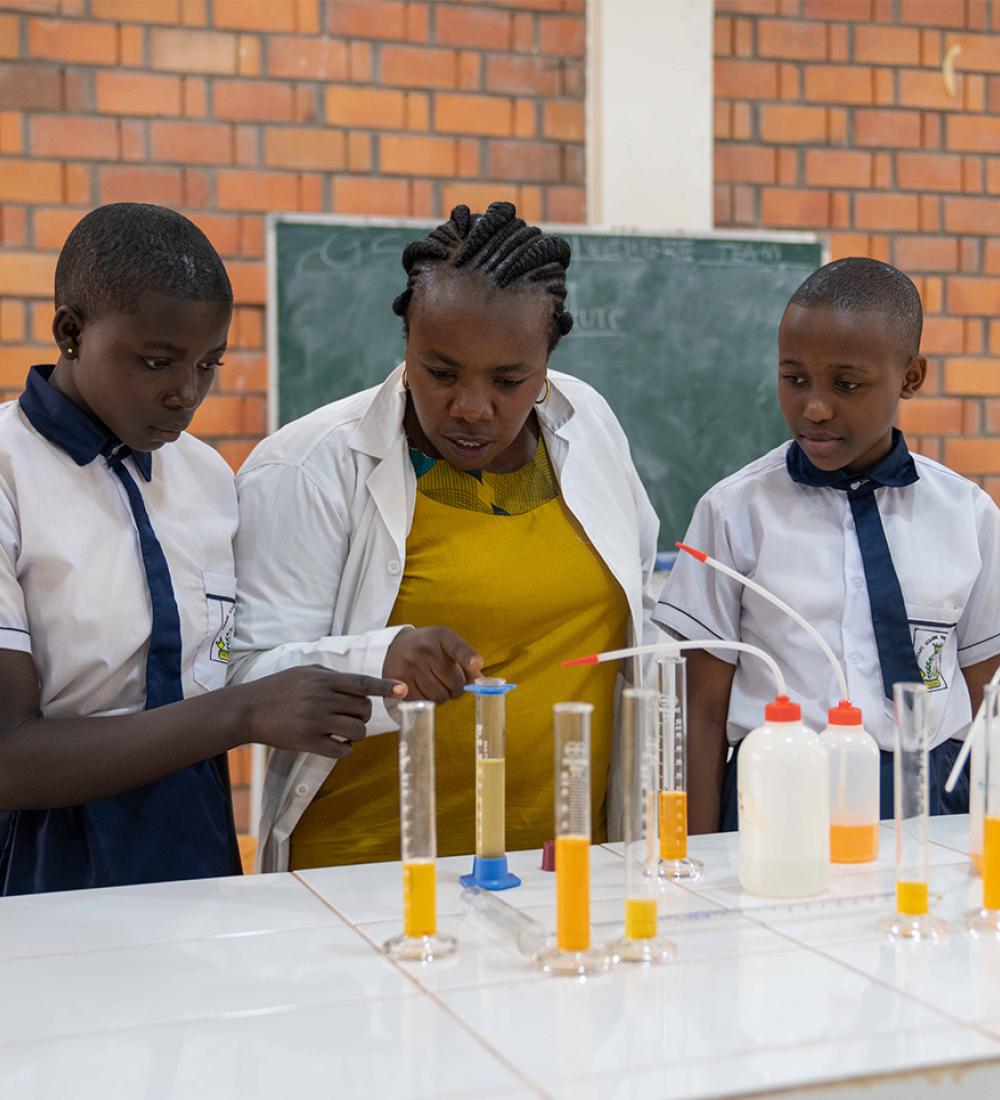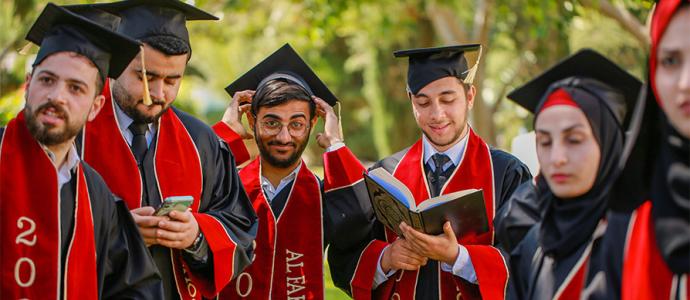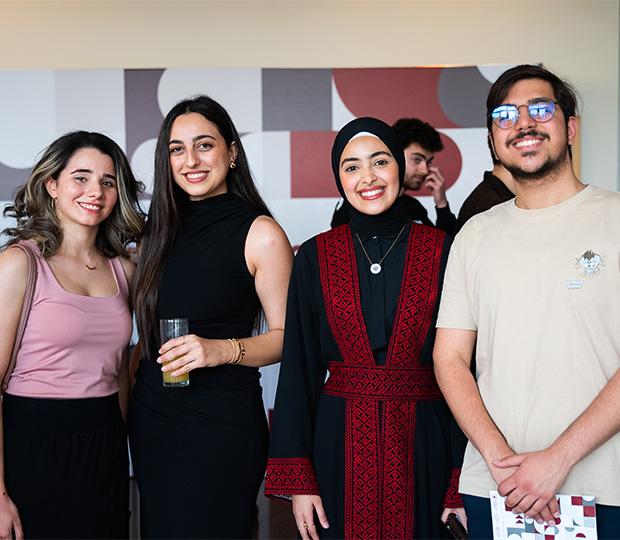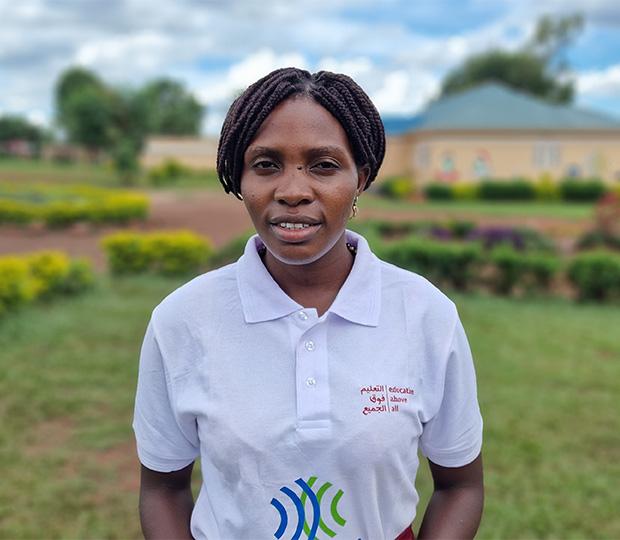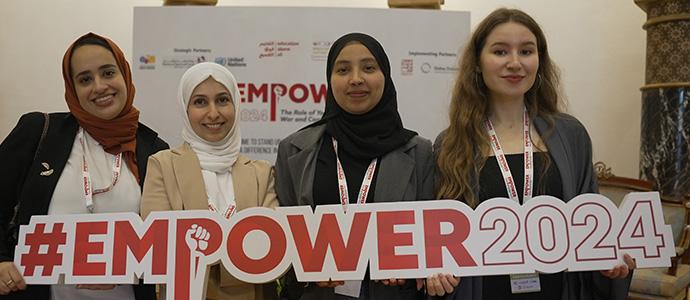The Global Teacher Shortage
The challenge is stark. UNESCO estimates that 44 million additional teachers will be needed globally by 2030 to achieve universal primary and secondary education. Of this, 15 million are needed in sub-Saharan Africa alone, with several million more in Southern Asia.
These statistics represent more than numbers, they’re stories of real children crammed into overcrowded classrooms, or waiting at home because there is simply no one to teach them. Attrition is increasing as poor pay, limited training, and heavy workloads drive teachers away from the profession. Without urgent action, the shortage will worsen, threatening progress towards Sustainable Development Goal 4 (SDG4).
Collaboration has a role here too. Teachers are far more likely to stay in the profession when they work in supportive environments where they can share challenges, learn from peers, and feel part of a professional community.
The Nexus with Out of School Children
The teacher shortage is devastating in its own right, but it is even more pronounced when combined with the crisis affecting 272 million out of school children and adolescents in 2025.
Out of school children face multiple and overlapping barriers such as poverty, distance, disability, language, discrimination, and displacement. In many communities, one of the most pressing issues remains the lack of teachers to reach them. Without teachers, access, retention, and quality learning cannot be achieved.
The overlap is clear. The regions with the largest numbers of OOSC — sub-Saharan Africa and Southern Asia — are also those with the deepest teacher gaps. This is not coincidence; it is structural. Shortages both reflect and reinforce exclusion, particularly in countries with strained resources and fragile systems.
And the impact is felt most sharply by children who already face the highest barriers. Children with disabilities, children with diverse learning needs, and those in fragile contexts are the first to lose out when classrooms are overcrowded and teachers are unsupported. Teachers trained in inclusive practices such as sign language, braille, differentiated instruction are essential. Collaboration can help here too: peer learning, mentoring, and communities of practice allow teachers to share inclusive strategies and sustain one another in reaching every learner.
Crises Compound an Already Dire Picture
Systemic shortages are bad enough, but crises make them worse. According to the Global Estimates 2025 report, 234 million children in 60 countries are affected by crises, including 85 million who are out of school.
Conflict, climate shocks, and forced displacement strip schools of teachers, disrupt salaries, and fracture professional pathways. Nowhere is this more evident than in Sudan, where the education system is on the verge of collapse. With around 70-90% of teachers going unpaid, classrooms have fallen silent. As a result, millions of children are now out of school - Sudan has one of the highest numbers of out of school children in the world. Conflict does not only disrupt education; it erodes the very workforce needed to support it.
Refugee teachers face their own barriers; unrecognised qualifications, irregular pay, and little access to professional development. These challenges deny them dignity and deny displaced children the continuity of learning they urgently need.
The result is a cruel double bind: children already on the margins lose access to education, while the very workforce they depend on collapses around them. Crises don’t just produce more out of school children; they dismantle the teaching profession that could bring them back.
Yet while crises intensify the challenge, they are not the sole driver. The shortage of teachers is systemic, and solving it is essential for building resilience in both fragile and stable contexts.
Financing the Teachers We Need
UNESCO estimates that an additional US$120 billion will be needed each year to cover the salaries of the extra teachers required by 2030. However, many countries with the most severe teacher shortages and the highest number of out of school children have the least fiscal capacity, facing challenges such as increasing debt and weak tax bases.
In many low- and lower-middle-income countries, teacher salaries already make up the majority of education budgets. Hiring more teachers often involves reducing essentials like textbooks or school infrastructure. Without significant international solidarity and innovative financing mechanisms, millions of children will remain out of school simply because no teacher is available.
Investing in teachers — and in collaboration among them — is not a luxury. It is a prerequisite for inclusive, resilient education systems.
What EAA Foundation Has Shown
For more than a decade, the Education Above All (EAA) Foundation, through its Educate A Child (EAC) programme has demonstrated that change is possible at scale. Working with governments, UN agencies, development banks, and NGOs, EAA Foundation and its partners have enrolled about 14.7 million out of school children across 57 countries.
Teachers have been central to this work. EAA Foundation-partnership projects have trained nearly 661,250 teachers, strengthened management systems, and provided professional development. Crucially, many of these initiatives have prioritised inclusive teaching—ensuring that children with disabilities, children with diverse learning needs, and children in displacement contexts are not left behind.
Collaboration has been key. From mentoring networks to peer learning circles, EAA Foundation’s projects show that teachers thrive when they work together, and when they do, children thrive too.
A Way Forward
Momentum is building. The Santiago Consensus, adopted at the 2025 World Summit on Teachers, calls for urgent action on teacher policies, professional support, and financing. What is needed now is delivery where it matters most: in classrooms.
The path forward is clear:
- Finance teachers where OOSC burdens are greatest. Expand fiscal space through debt relief, innovative financing, and sustained international support to ensure resources are directed towards hiring and retaining teachers in OOSC “hotspots.”.
- Invest in inclusive teacher education and ongoing professional development. Ensure teachers are prepared and supported to address diverse learning needs, including children with disabilities, refugees, and learners affected by crises. Professional development should be continuous, accredited, and connected to clear career pathways, helping teachers to adapt and feel valued.
- Safeguard teachers in crises. Protect teacher salaries and professional development during emergencies. In contexts like Sudan, where most teachers have gone unpaid, ensuring continuity of pay and support is the first step to sustaining education amid conflict.
- Put teacher voices at the centre. Embed social dialogue and professional input in decision-making.
- Invest in better data. Strengthen systems to track teacher supply, deployment, and qualifications, including in emergencies.
World Teachers’ Day 2025 is a rallying cry. Teachers are the link between policy and practice, enrolment and learning, exclusion and inclusion. Taking action for teachers now ensures the promise of education can be fulfilled.
Each teacher recruited, trained, and supported transforms lives. For OOSC, children with disabilities, refugees, and those on the margins, that teacher represents opportunity. Focus on action for teachers, and every child receives a chance.
Every child has the right to education, and that means having a teacher who can guide, support and inspire belonging and growth. For EAA Foundation, reaching out of school children demands ending the global teacher shortage. Partner, invest, and act for teachers, so that every child can learn, thrive, and help build a more just and peaceful world.






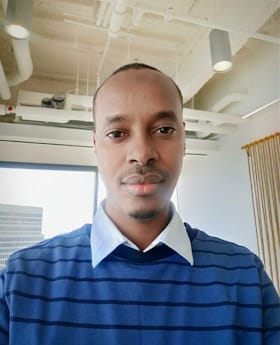 Mohamud Hure is an education and humanitarian professional with over 17 years of experience working in refugee and crisis-affected settings, characterised by significant institutional and resource limitations. His work is rooted in firsthand experience as a teacher and school leader in large refugee camps in Kenya. It has since evolved to include designing and managing complex education programs at global and regional levels with organisations such as UNHCR, Mastercard Foundation, and currently with Education Above All (EAA), where he serves as a Senior Education Specialist with the Educate A Child (EAC) programme. His work focuses on improving access, quality, and inclusion in education, with a particular interest in supporting displaced learners and strengthening the systems that serve them.
Mohamud Hure is an education and humanitarian professional with over 17 years of experience working in refugee and crisis-affected settings, characterised by significant institutional and resource limitations. His work is rooted in firsthand experience as a teacher and school leader in large refugee camps in Kenya. It has since evolved to include designing and managing complex education programs at global and regional levels with organisations such as UNHCR, Mastercard Foundation, and currently with Education Above All (EAA), where he serves as a Senior Education Specialist with the Educate A Child (EAC) programme. His work focuses on improving access, quality, and inclusion in education, with a particular interest in supporting displaced learners and strengthening the systems that serve them.